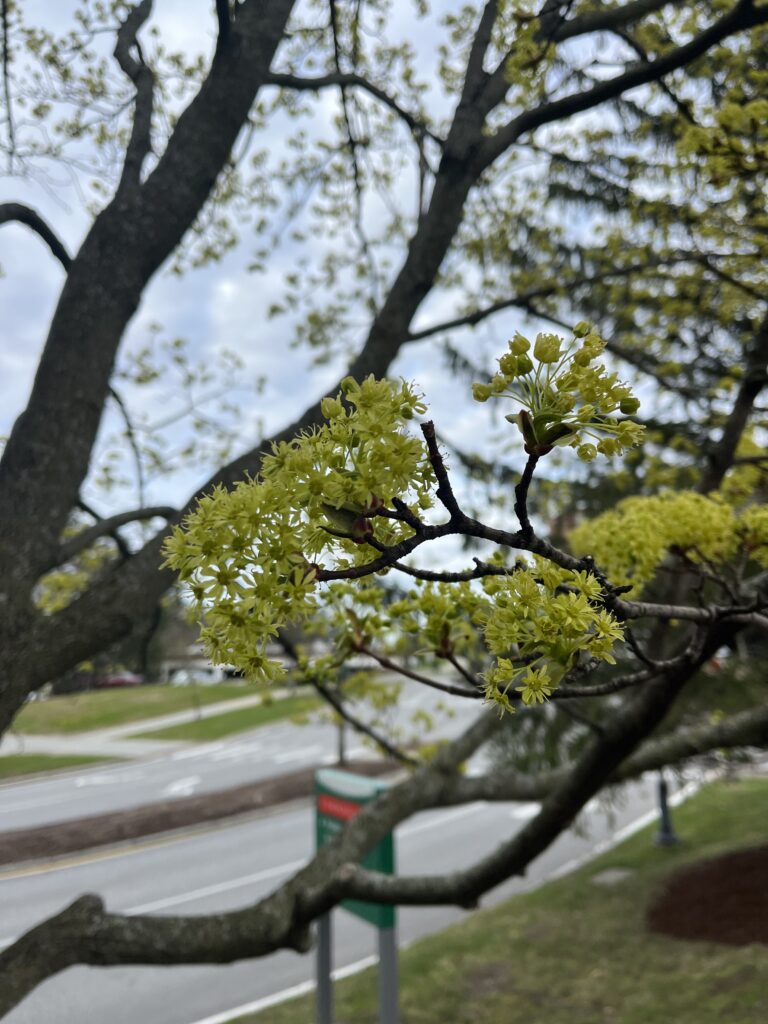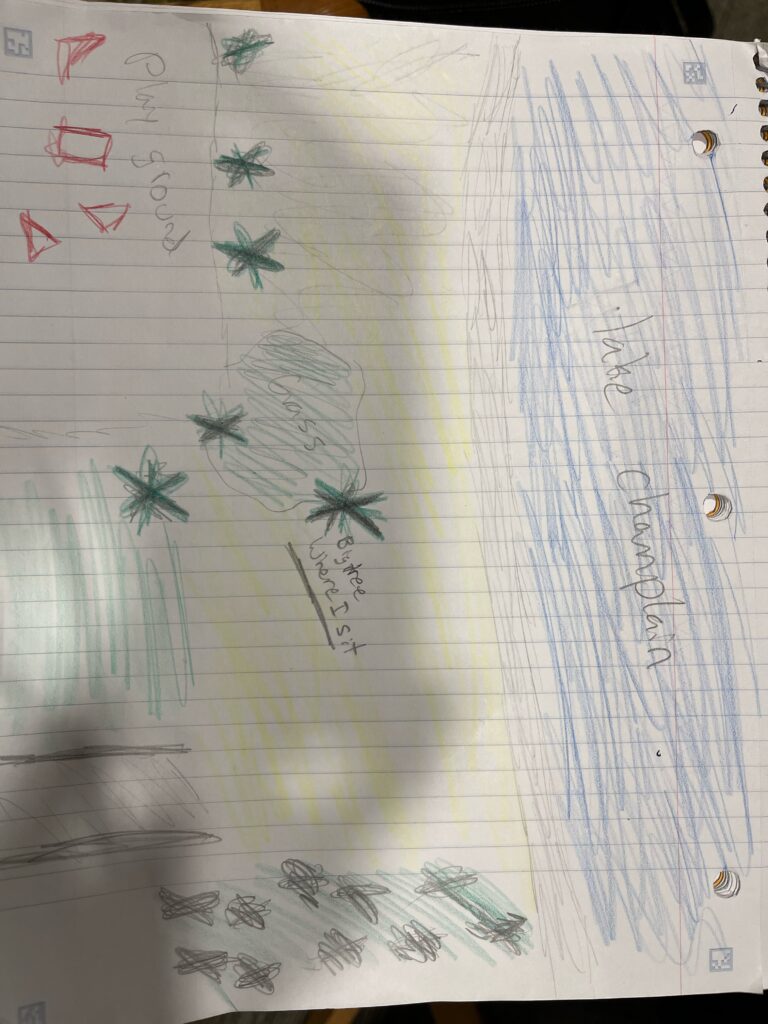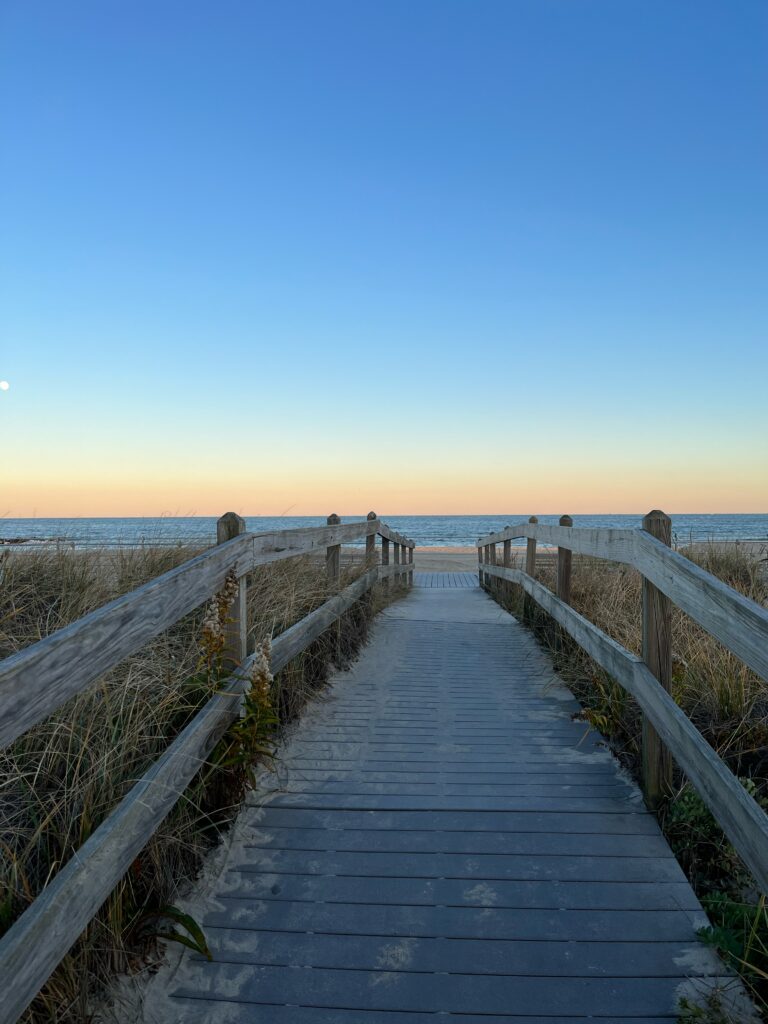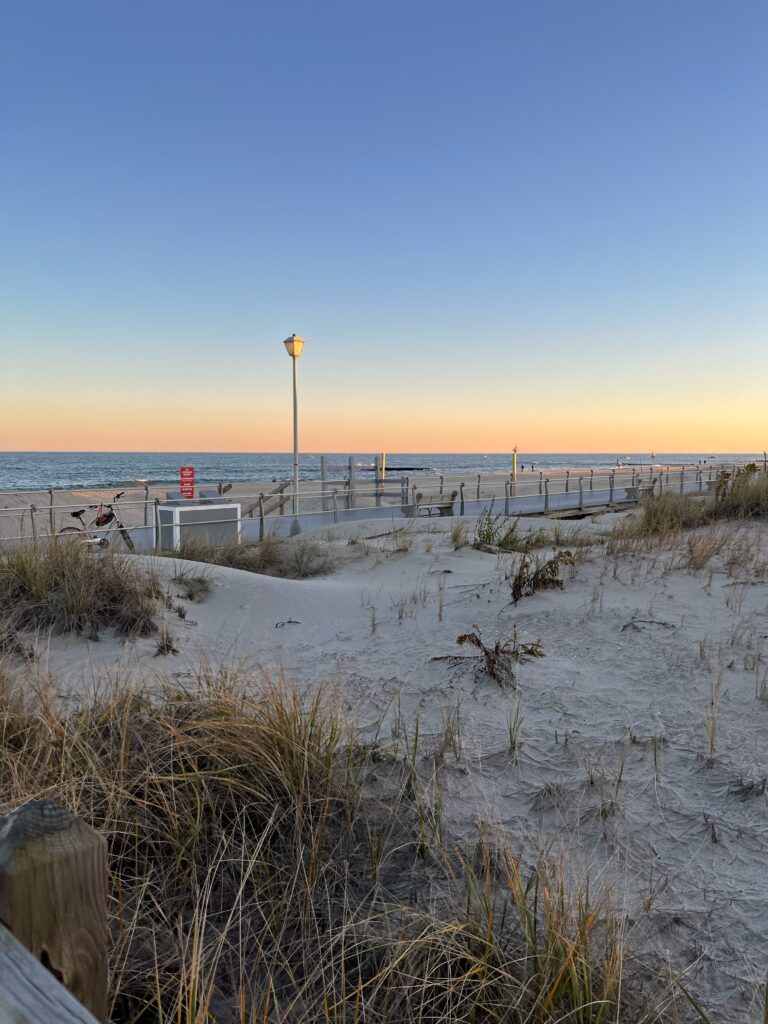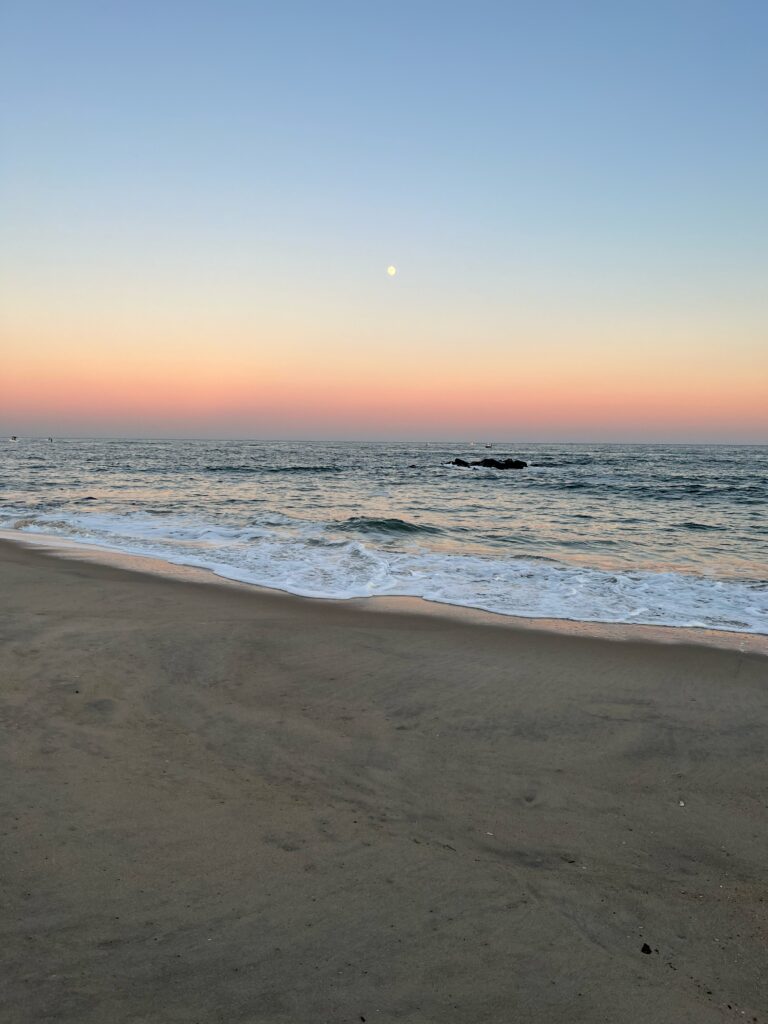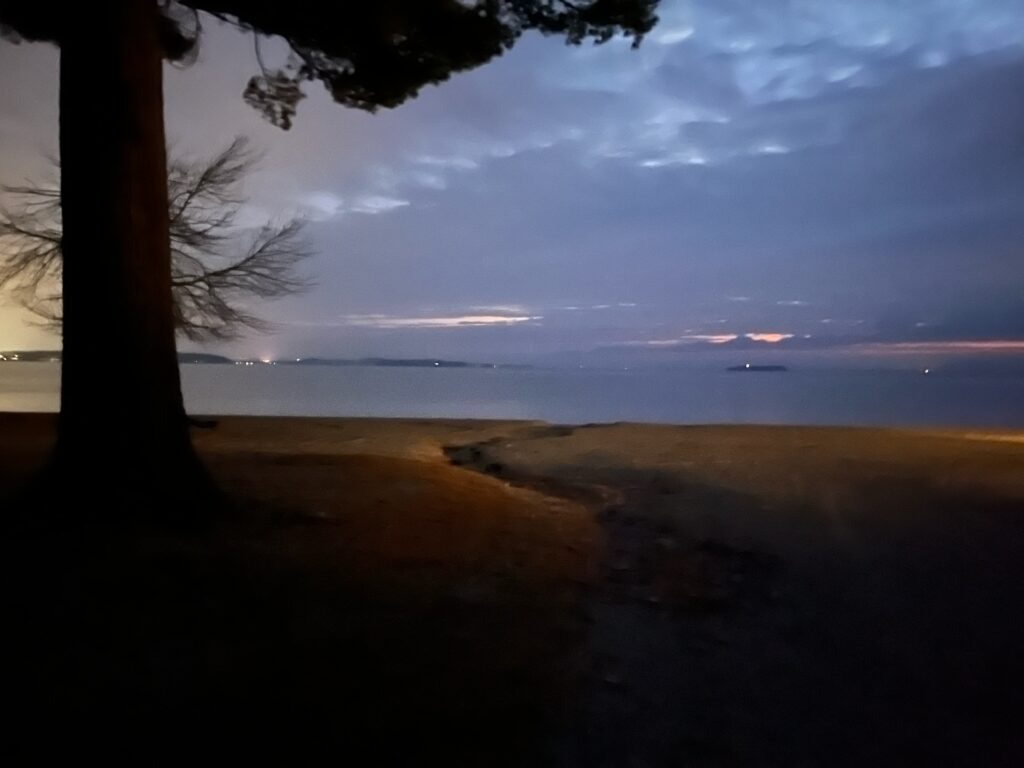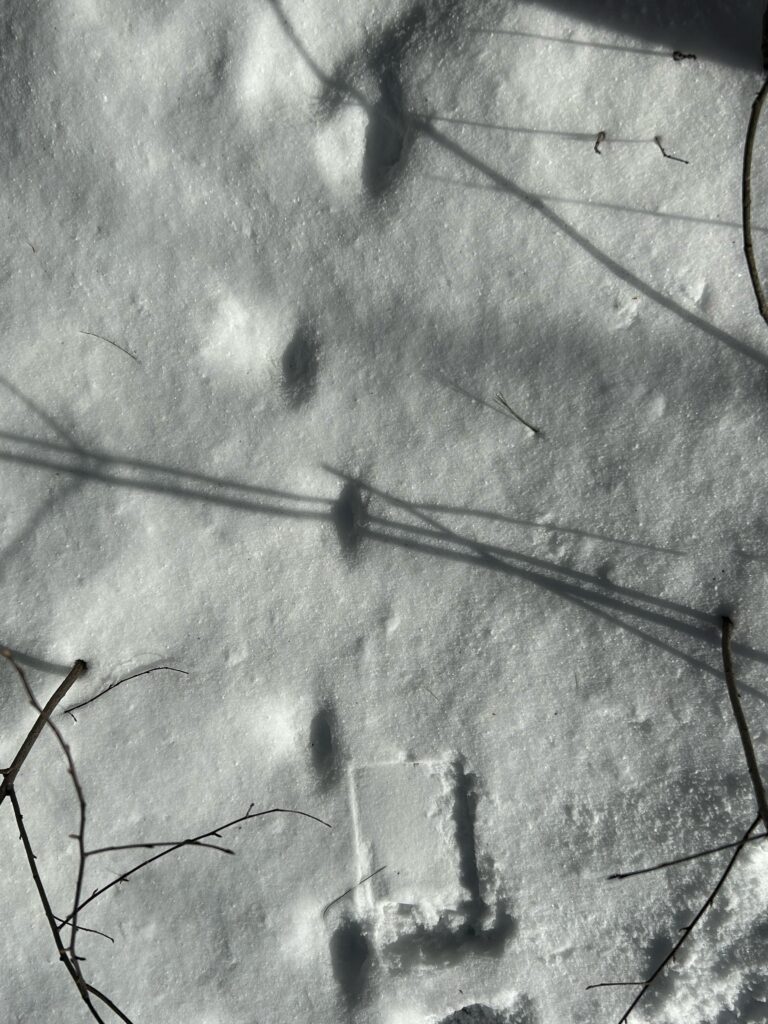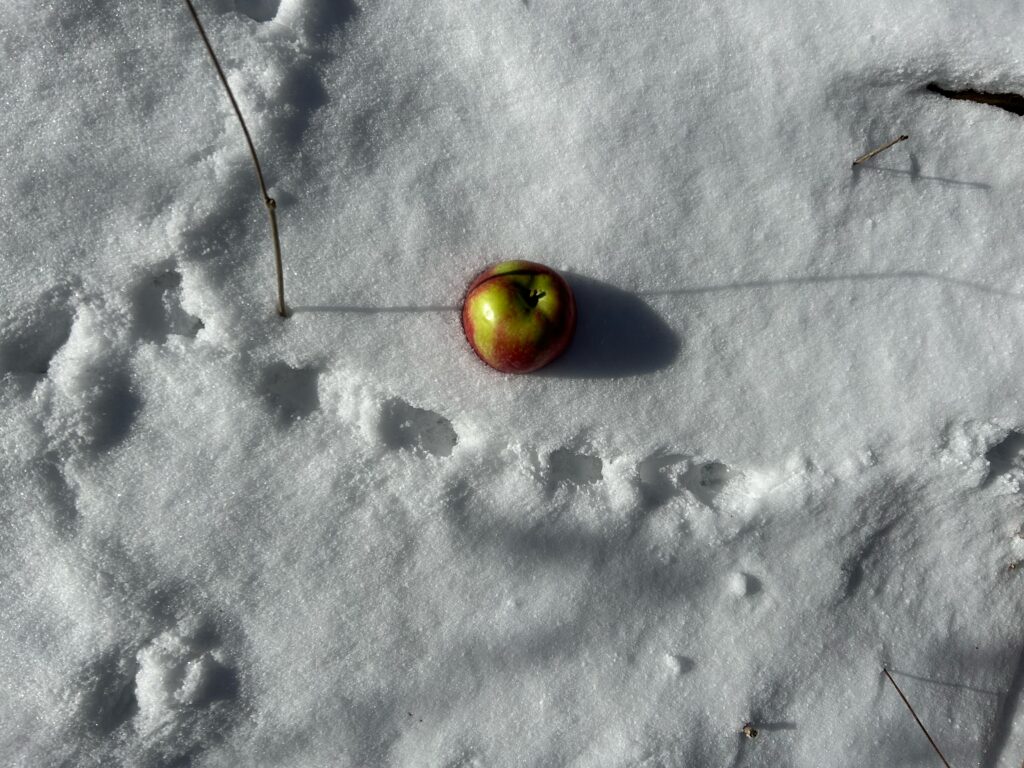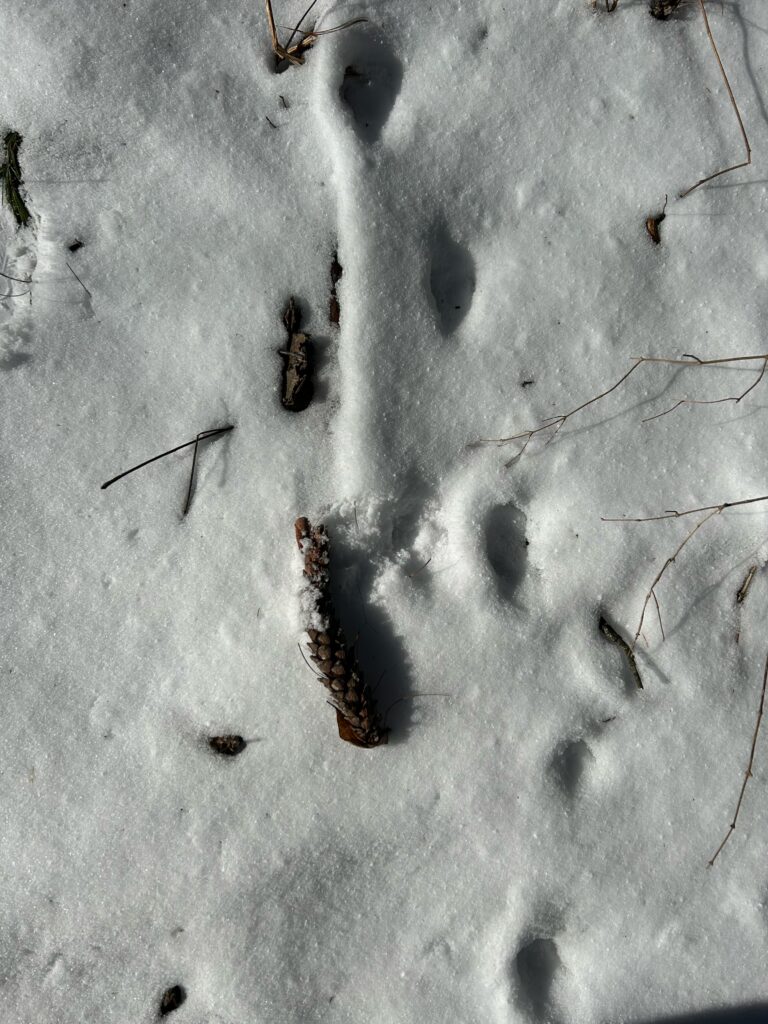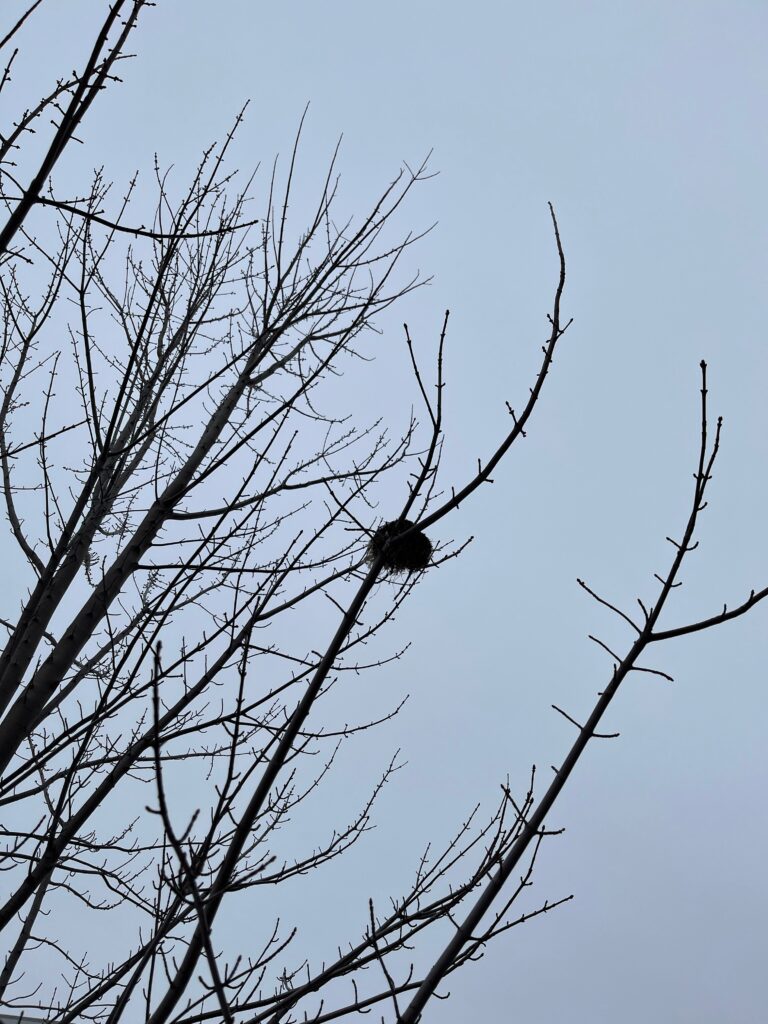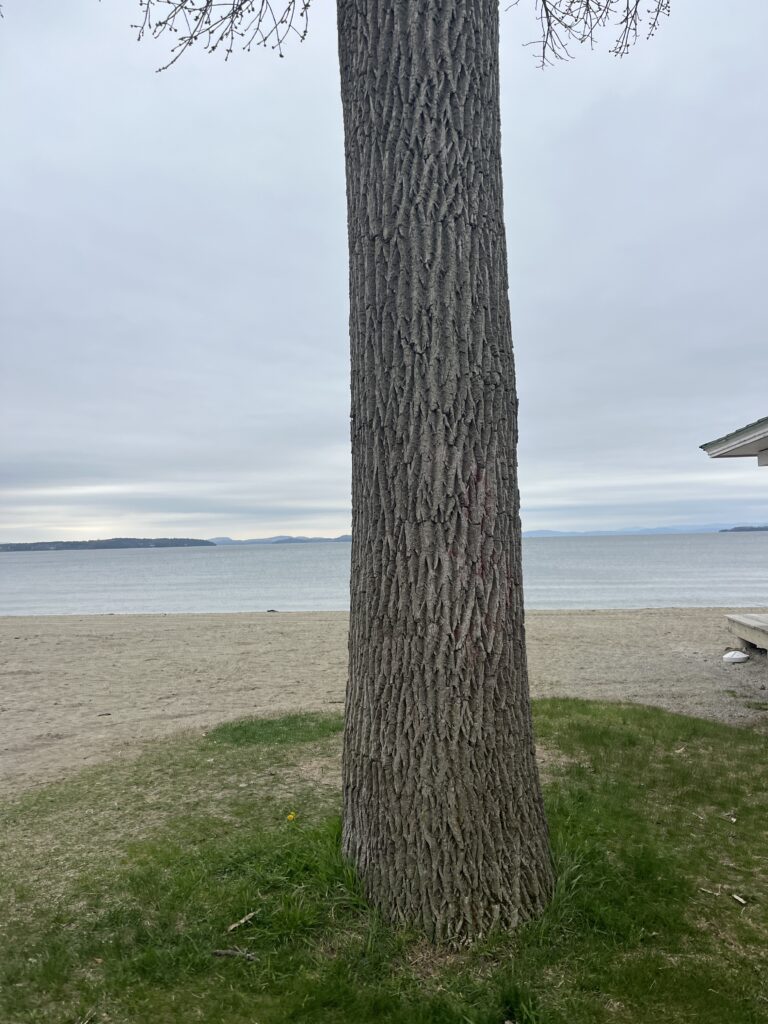
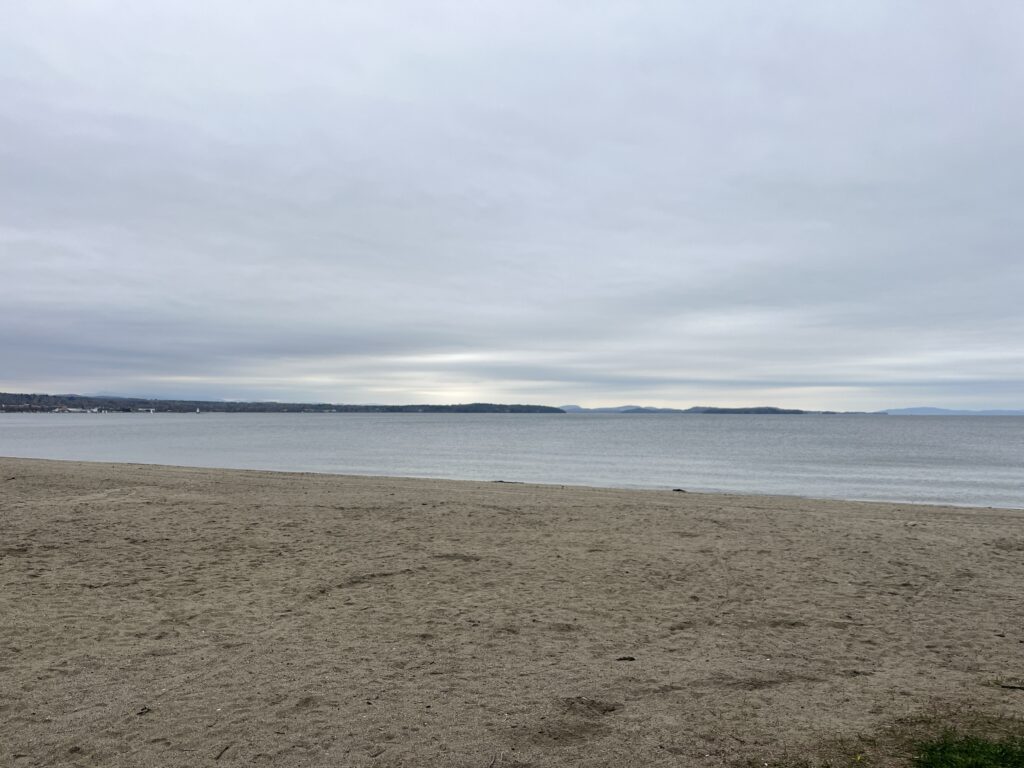
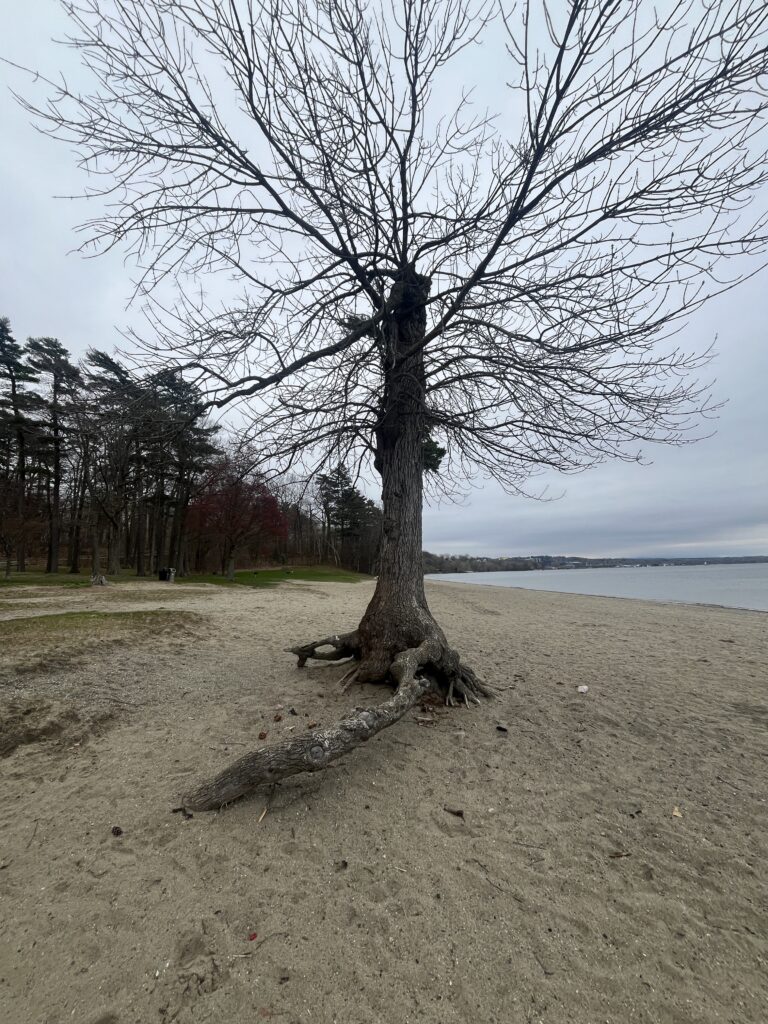
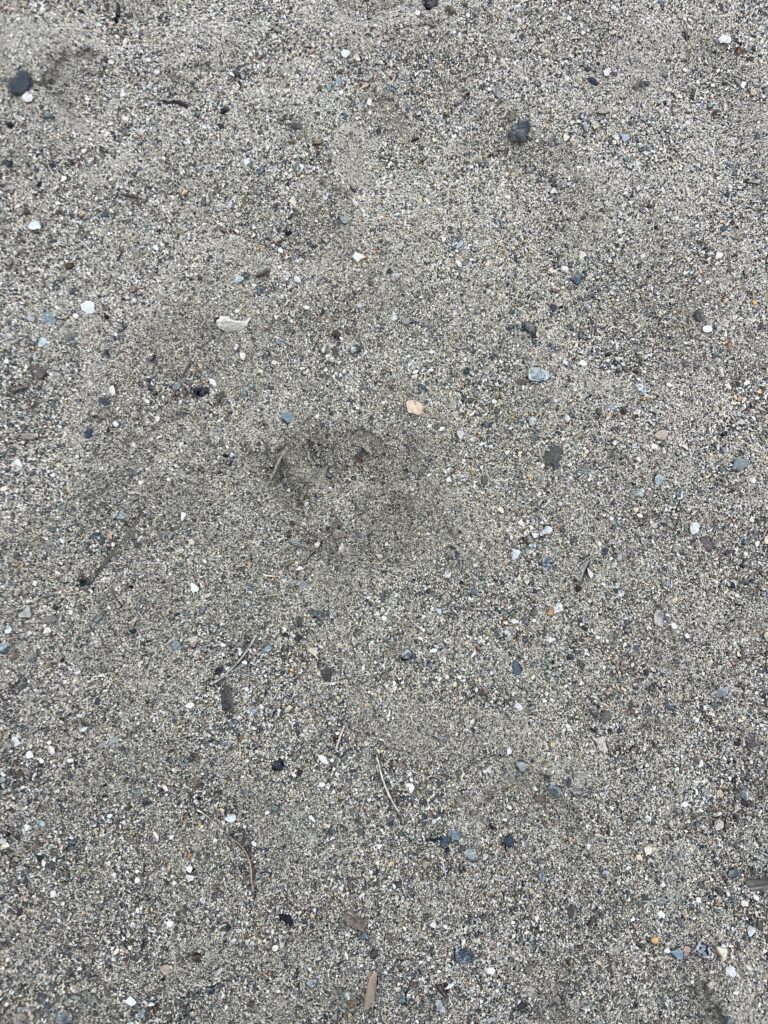
My site has changed a lot since this winter! There is now green grass showing, the trees have buds, and the sand is a little more dry. Major landmarks I’ve become familiar with is the lake of course. It has an astounding presence as it appears to continue on forever. Also the sand, as it takes up the whole beach. Some of the mor minor landmarks are the trees. I really like the more wonky looking tree that is growing in the sand. It’s roots are large and come out of the sand, yet the tree still manages to grow despite being in the sand. It’s pretty cool to look at. Nature and culutre intertwine a lot here. North Beach is a very common part of life in Burlington, especially for UVM students. When I was there I saw a few girls doing a polar plunge. I saw a few people running and biking on the paths, and taking pictures of the water. i do consider myself appart of this place. I really love the lake, just swimming in it, fishing, or rock jumping. The lake brings people together and I am going to try to go to it as much as I can nest semester.




